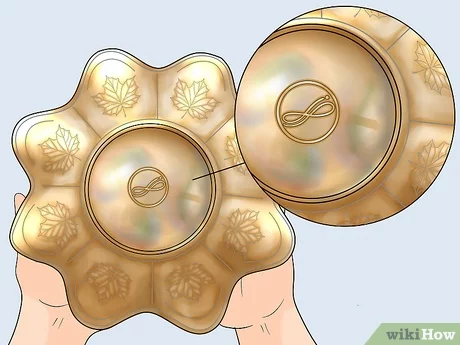How to Ink a Drawing: 14 Steps

Inking a drawing is an essential step in the process of creating visually stunning and polished artworks. It involves using ink to trace and refine pencil or charcoal sketches, giving them striking outlines, depth, and texture. Here are 14 steps to help you master the art of inking:
1. Gather your tools: In order to ink a drawing, you’ll need a pencil sketch or drawing, ink, inking pens or brushes, and clean sheets of paper (ideally with a smooth surface).
2. Choose your ink: Select an appropriate ink for your project. Waterproof inks work well with watercolors or acrylics while non-waterproof inks are better suited for dry storage.
3. Find a comfortable working environment: Proper lighting and enough space are crucial for inking success.
4. Secure your sketch: Tape down the edges of your original drawing to prevent it from shifting while inking.
5. Warm-up: Just like any other artistic skill, practice some basic lines, curves, and shapes before tackling the main project.
6. Lighten your sketch: If possible, darken the lines of your sketch by using less graphite or charcoal so that it becomes easier to ink over the pencil lines without smudging.
7. Start with thicker outlines: Begin outlining the major forms of your drawing with thicker strokes as these will serve as a foundation for adding detail later on.
8. Make use of line weight variation: This is key to giving your work a dynamic look. Experiment with lighter strokes for more subtle details while using thicker lines for strong, bold outlines.
9. Work from left to right: If you are right-handed, work from left to right and top to bottom so that you don’t smudge the wet ink.
10. Add textures and patterns: Bring out your drawing’s full potential by using various techniques such as stippling, hatching, and cross-hatching to create intricate textures and patterns.
11. Develop depth with shading: To add dimension to your illustration, use varying shades of dark and light to create depth.
12. Be patient: Inking can be a slow process, so take your time and be patient when working through the detailed areas. Let your ink dry before moving on to the next section or adding new layers.
13. Fix any errors: If you make a mistake while inking, there’s no need to panic! Wait for the ink to dry, then carefully erase the pencil marks or use white ink or correction fluid to fix them.
14. Preserve your finished work: After completing your inking, remove any remaining pencil marks with an eraser. Use a fixative or protective spray to preserve your artwork from smudging or fading over time.
With practice and patience, these 14 steps will help you master the art of inking and create compelling illustrations perfect for sharing with others or displaying as a proud addition to your portfolio.






